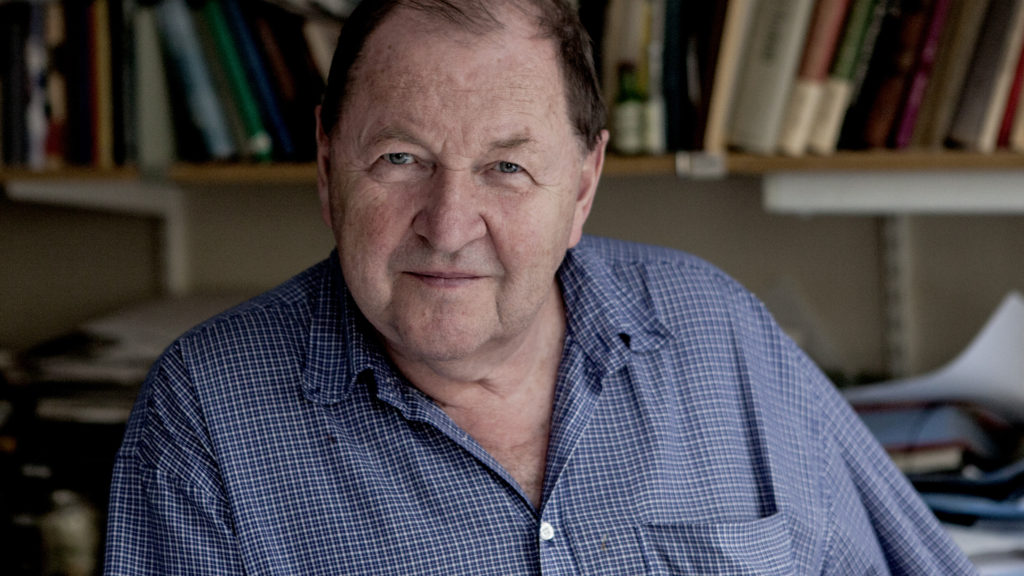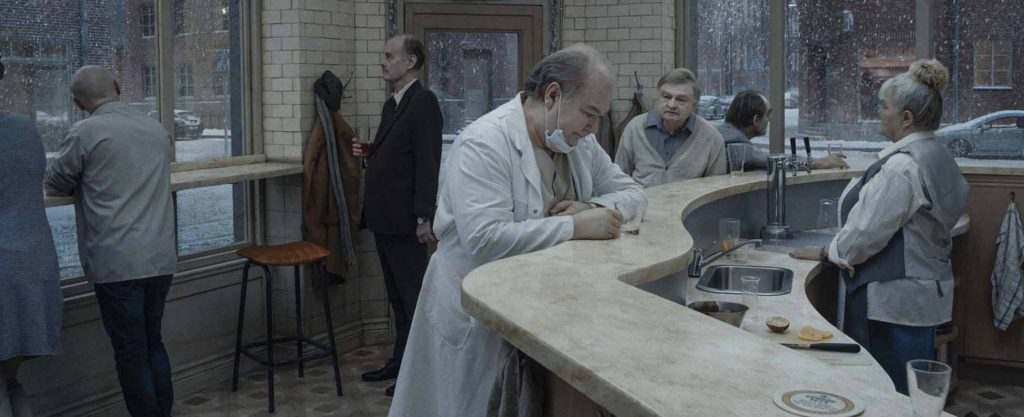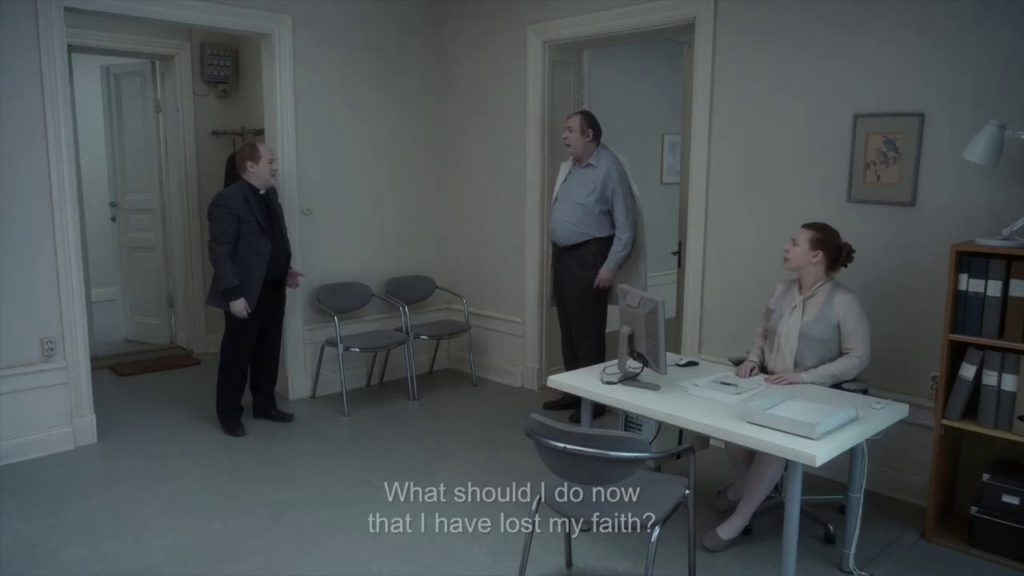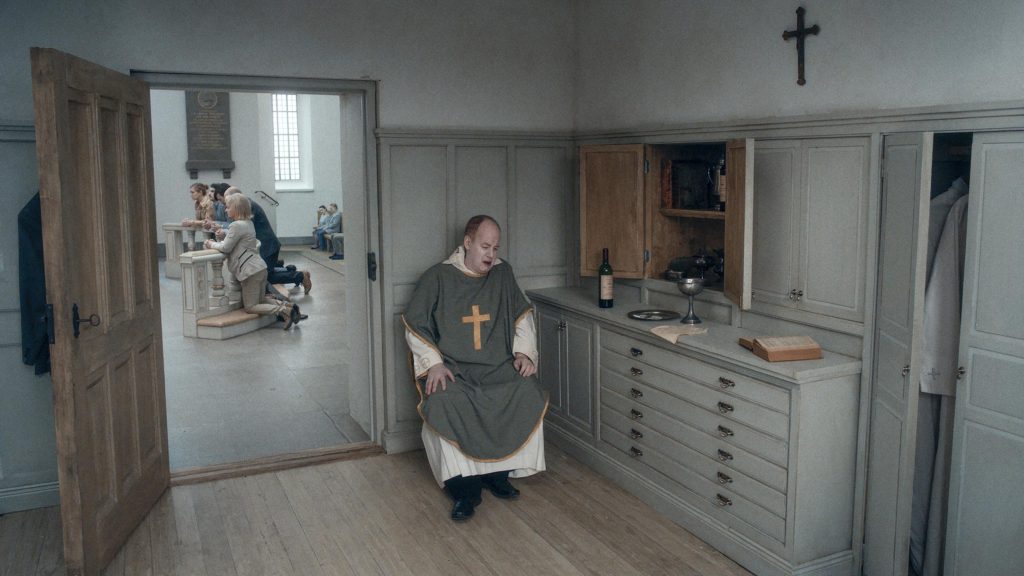
In the documentary Being a Human Person, we meet the filmmaker Roy Andersson as he makes what he acknowledges to be his final film at age 76. Andersson is an auteur who makes very, very odd movies that are humanistic, deeply profound and mostly funny. The movies, like A Pigeon Sat on a Branch Contemplating Existence and this year’s About Endlessness, are comprised of apparently random tableaus in which ordinary-looking Scandinavians do very little.
In thinking about Being a Human Person, I was initially going to recommend it to folks who have seen Andersson’s films. But then it occurred to me that it really a perfect vehicle to introduce newbies to Andersson’s work.
Now, I treasure watching Andersson’s films, but if you’re looking for movies that immediately make sense, then Andersson, most assuredly, is not your guy. In each film, Andersson curates a range of human behavior and lets the audience try to connect the dots. But when he is interviewed for Being a Human Person, he’s happy to tell you what he intends the movies to mean.
Andersson does not equate success and happiness. A wunderkind, Andersson directed a hit movie at age 28, and then plunged into depression. He bought a central Stockholm warehouse in 1981 to “develop my own language”. He built his studio inside and lives in an apartment above.
Andersson’s process is as peculiar as are his movies. He builds the set for each vignette one at a time in his studio. He expertly deploys a range of old school techniques like trompe-l’œil.
Andersson’s movies are about the foibles of everyday humans. They show people’s moments of fragility, vulnerability, confidence and lack thereof. One of his colleagues observes, “Roy sees people who aren’t in the movies. It’s people who who haven’t been very successful in life. He gives them dignity .” For research, Andersson sits in sidewalk cafes to people-watch (“so I can see the menu“).
Andersson himself notes, “When you think there’s no escape, you are a prisoner in your own mortality.“ Overusing alcohol to combat boredom, Andersson struggles to finish his movie.
Director Fred Scott made excellent use of his access to Andersson, Andersson’s coworkers and family to tell this story. Being a Human Person is streaming from Laemmle.




